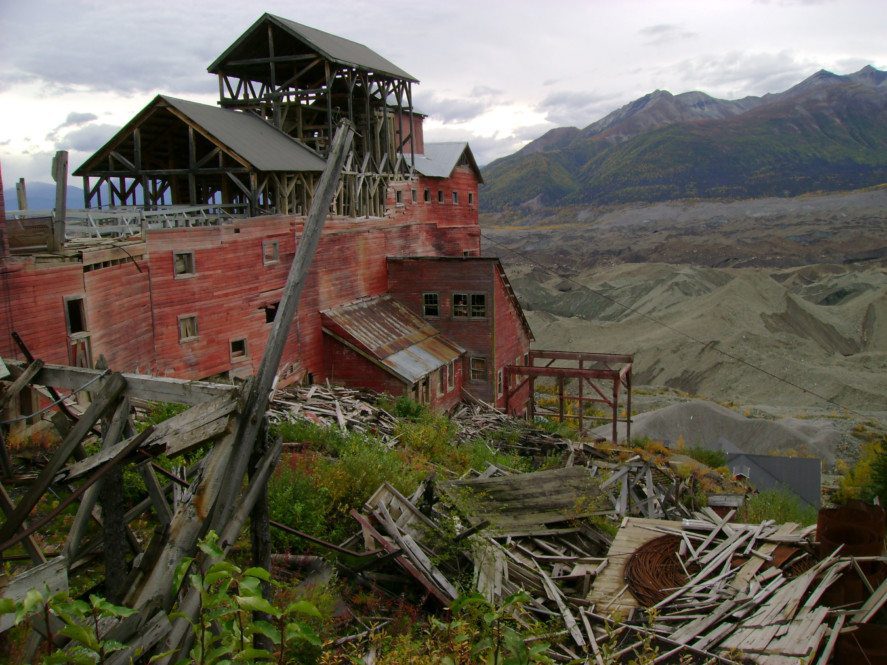Long before tour buses, cruise ships and jet planes brought travelers with dreams of fun to Alaska, thousands of hearty travelers with big dreams of striking it rich came north to Alaska.
In many ways, gold put Alaska on the map. Through the 1800’s, gold was discovered in all corners of the state, first by Russians and later by long-traveling, hardworking miners from around the world after America purchased Alaska in 1867. In 1896, the Klondike Gold Rush drew around 100,000 prospectors, laborers and entrepreneurs to Northwest Canada, Dawson City and the Yukon River. Many made their way there through Southeast Alaska ports.

After the Klondike boom went bust, Alaska’s own gold rush exploded in 1899 when word of dynamic discoveries came from Nome. Gold rush boom towns sprang up as travelers took different means and routes to Nome – some communities like Skagway, Circle and Valdez remain alive today while others are ghost towns of a bygone era. Fairbanks and its central location, access to waterways and hills filled with gold is the best example of staying power. It became a prospecting destination of its own after Felix Pedro struck gold there in 1902. Today it is known as the Golden Heart City and celebrates Golden Days every summer.
As far as the gold rush goes, a rare few struck it rich and became legends. For most the dream of finding gold turned into a nightmare as they were disappointed and defeated by the hard territory, harsh weather and back-breaking work. Some never left, starving or freezing to death or losing their lives to accidents or disease. The triumphs and tragedies of all inspired countless stories, songs and poems, most notably in the vivid works of Robert Service, who was surprisingly not a miner but a banker.
The gold rush legacy and the lure of gold lives on in modern Alaska. Even a tenderfoot can pan for gold and tour old mining areas at family friendly businesses around Fairbanks, Crow Creek in Girdwood, and even in the McCarthy-Kennecott area, which was known for its copper mining but also had a few bursts of bright gold finds. Some Alaska towns still have roots, if not remains, showing from the Gold Rush days.

Panning for Gold in Fairbanks (Sherman Hogue/Explore Fairbanks)
